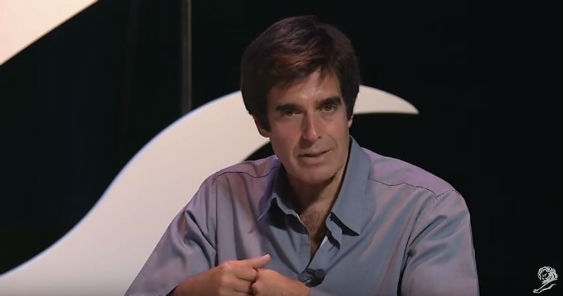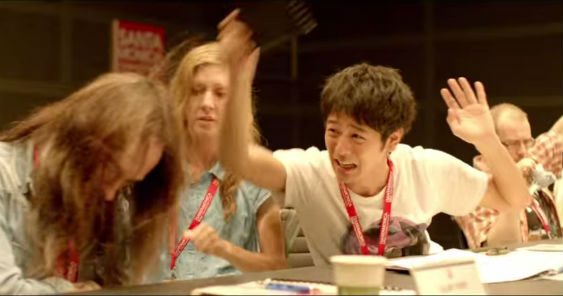MANILA – November 8, 2013 – At Media/Art Kitchen Manila’s Sensorium, visitors are encouraged to experience art using all their senses.
With the goal of engagement and accessibility of media, art and technology to celebrate the 40th year of ASEAN-Japan Friendship and Cooperation, the program features works by artists from diverse backgrounds.
A map guides visitors through the exhibit, beginning with "Almost Forgot", an outdoor installation by Umeda Tetsuya (Japan). The work, which is a collection of found objects, is never finished, curator Dayang Yraola shared at a press conference on November 7."It’s 50 percent Umeda and 50 percent chance," Yraola recalled the artist telling her.
According to Yraola, the works in Sensorium are not exactly solid materials. "Some of them are changing by the hour, changing by the minute," she said. One such work is Filipino artist Ringo Bunoan’s piece, "In Advance of The Things We Cannot See": the visitor steps inside an empty room to see nothing, but the lack of visual stimulation makes way for a heightened olfactory experience.
Yraola also noted that not all who are involved in Sensorium come from a fine arts background. "We have participants from engineering courses, and we have chemists in the group, like lifepatch," said Yraola. For the exhibit, lifepatch (Indonesia) set up a system of San Francisco plants, where moisture creates sound.
In "Sungay", Kawayan De Guia (Philippines) reincarnates cassette tapes as torotot, while Yagi Lyota (Japan) uses the same material and gives sound a shape.
Bruce Quek (Singapore) creates a map of constellations from city lights in Singapore and Manila, while Makino Takashi (Japan) captures viewers’ eyes and ears with "Space Noise". In "Murmur" by Renan Ortiz (Philippines), the artist borrows Alex Martin Remollino’s poem Hindi Iyan ang Aming Hinahanap (That is not what we are looking for), and gives the desaparecidos not only one, but many voices.
"The artists showed us how media art/technology is inclusive, it’s innovative, and it has the spirit of collaboration," Yraola said.
Sponsor
Also participating in the exhibit are , Tad Ermitaño (Philippines), Libby Limoso (Philippines), Anggun Priambodo (Indonesia), Chulayarnnon Siriphol (Thailand), Maria Rosalie Zerrudo (Philippines), Tamura Yuichiro (Japan), Kenichi Hagihara (Japan), Fairuz Sulaiman (Malaysia), mamoru (Japan), and Manny Montelibano (Philippines).
Following the map, the visitors end their journey with "The Way I Hear/Lakwatsa, Manila", a poetic exploration of sound by mamoru (Japan), and Manny Montelibano’s take on sabong, or cockfighting. As one views this last piece, one has a glimpse of Umeda Tetsuya’s work through the window, bringing the exhibit back to where it began.
Apart from the exhibition, there will also be Media/Art Kitchen Manila Labs, the workshop component of the program.
"Another aspect of technology we want to discuss is sharing, learning, access, education, and development," said Lian Ladia, also a curator for Sensorium. Labs will be held at Green Papaya Art Project, 98B COLLABoratory, and the De La Salle-College of Saint Benilde School of Design and Arts.
Yraola and Ladia worked with Japanese curator Hiroyuki Hattori, who shared how they came up with the program’s title. "Kitchen is a kind of metaphor… it is an essential place for creating something," Hattori said.
Media/Art Kitchen Manila’s Sensorium runs from November 8 to 24, 2013. For more information, visit mediaartkitchen.tumblr.com





